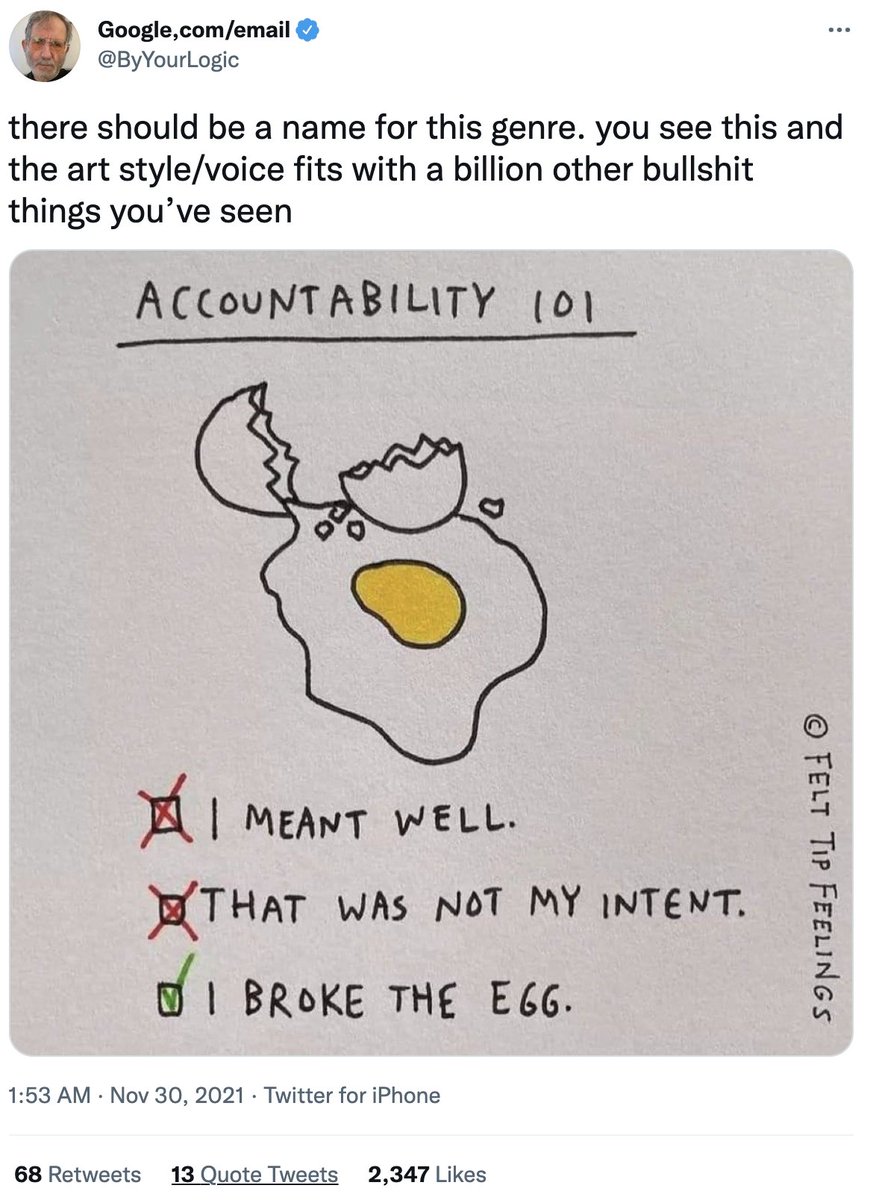
Hell yeah! This is why I believe in the work that the folks at Visa Chart Components (my old team) are up to!
They were careful to consider why a design system chart library (via web components) was the right idea, accessibility being a huge part of it.
developer.visa.com/pages/chart-co…
They were careful to consider why a design system chart library (via web components) was the right idea, accessibility being a huge part of it.
developer.visa.com/pages/chart-co…
https://twitter.com/erikkroes/status/1468162436800913408

This is the exact sort of language a good design system uses when talking about accessibility. It's about providing a base tool to work with, it provides no guarantees. 

Turns out my old team team is HIRING!! Literally the best job ever.
Your coworkers are the coolest people ever, your boss genuinely cares about the important stuff, the upper management is supportive enough to let us open source!
Visa's first OS lib!
Amazing job opportunity.
Your coworkers are the coolest people ever, your boss genuinely cares about the important stuff, the upper management is supportive enough to let us open source!
Visa's first OS lib!
Amazing job opportunity.
• • •
Missing some Tweet in this thread? You can try to
force a refresh






